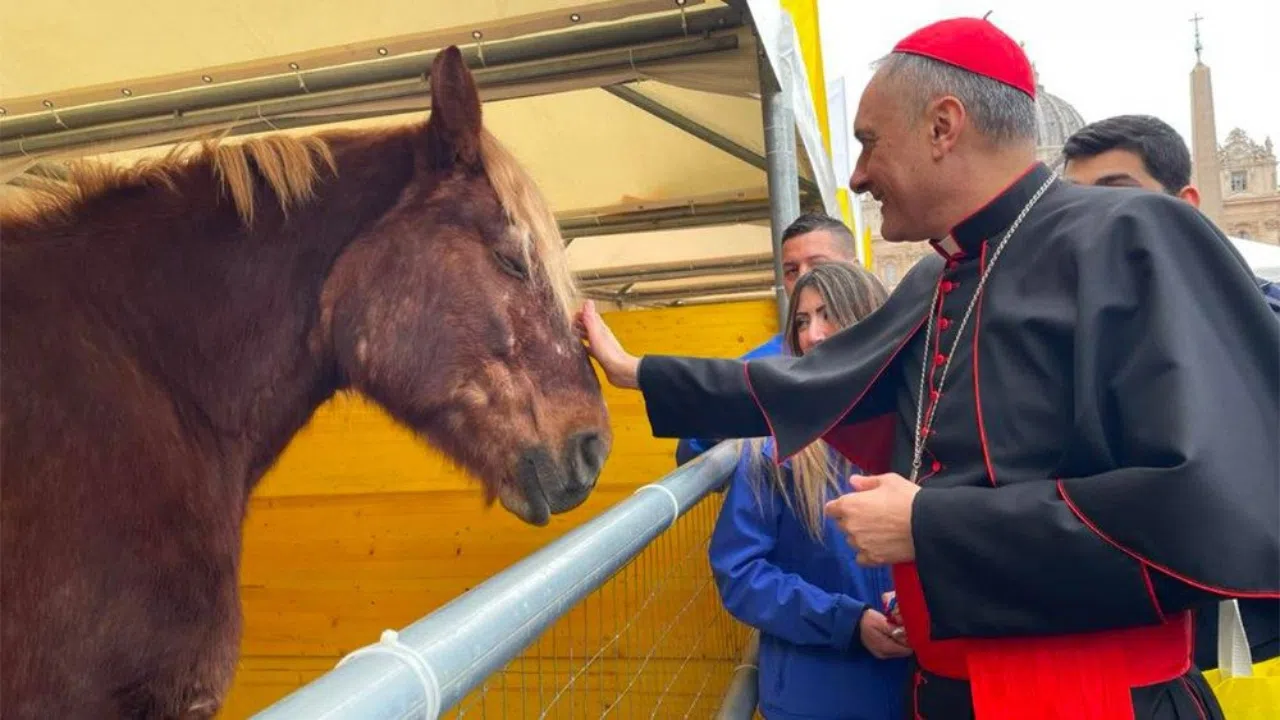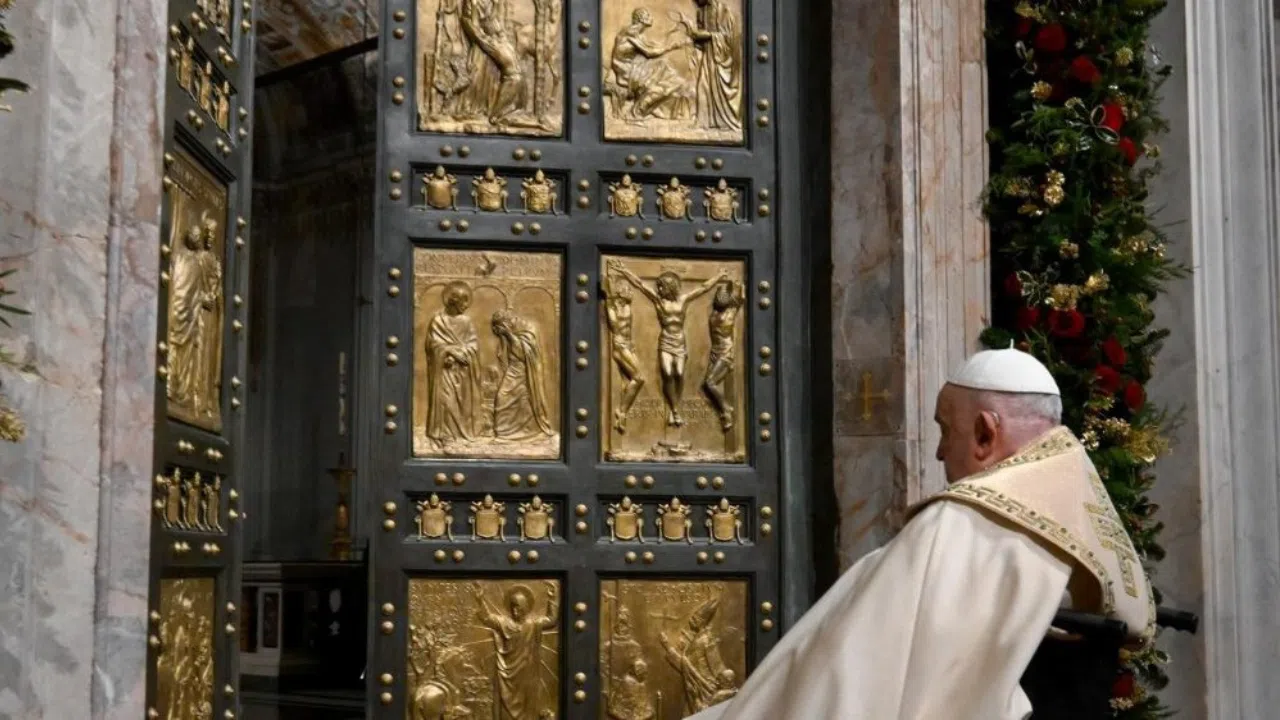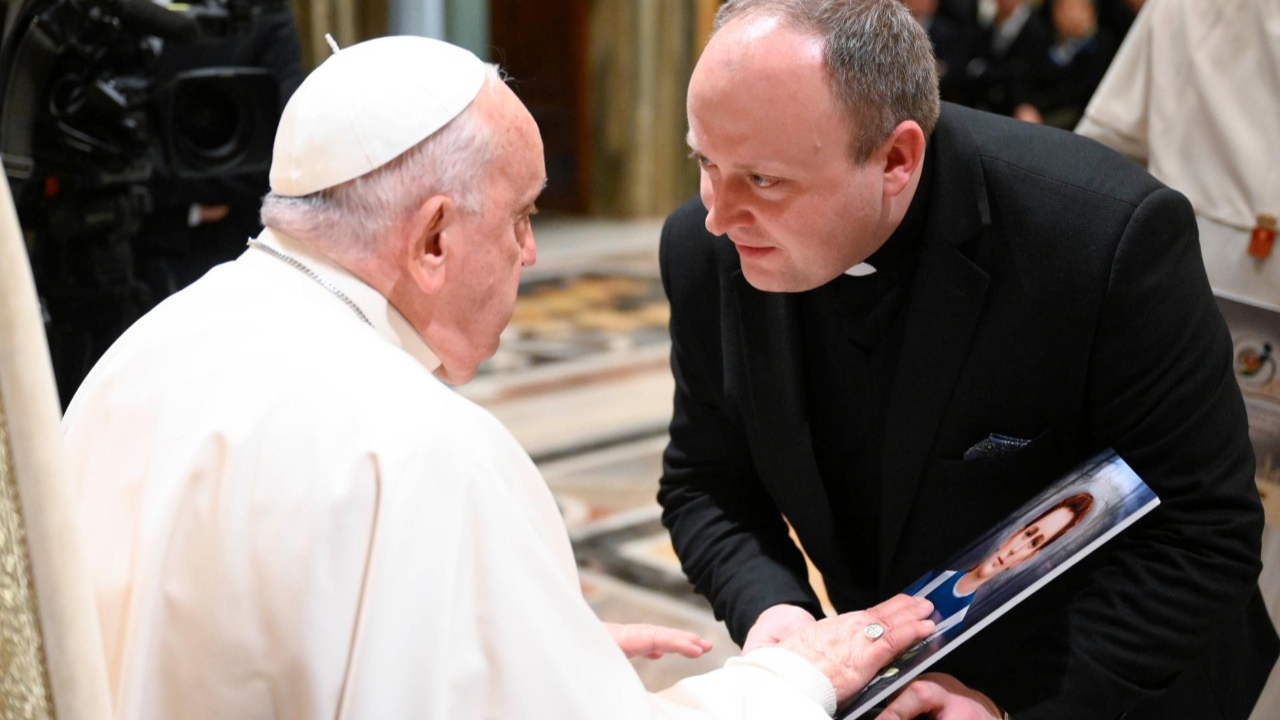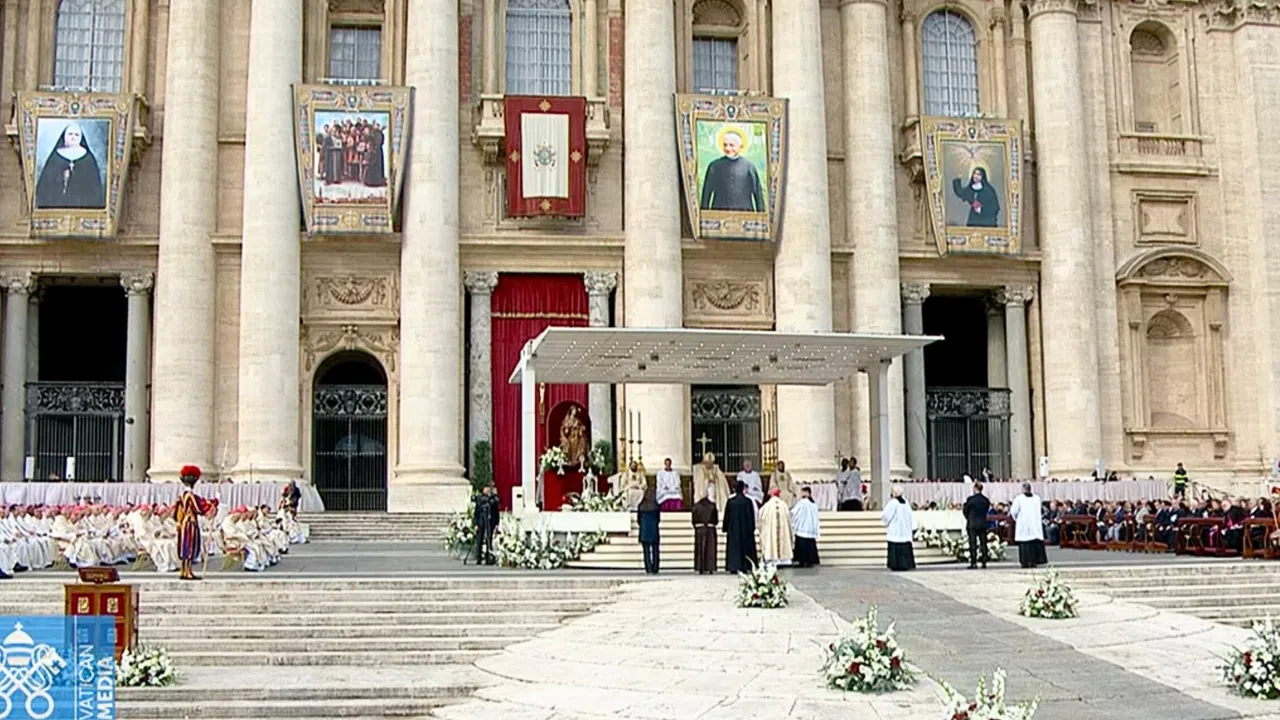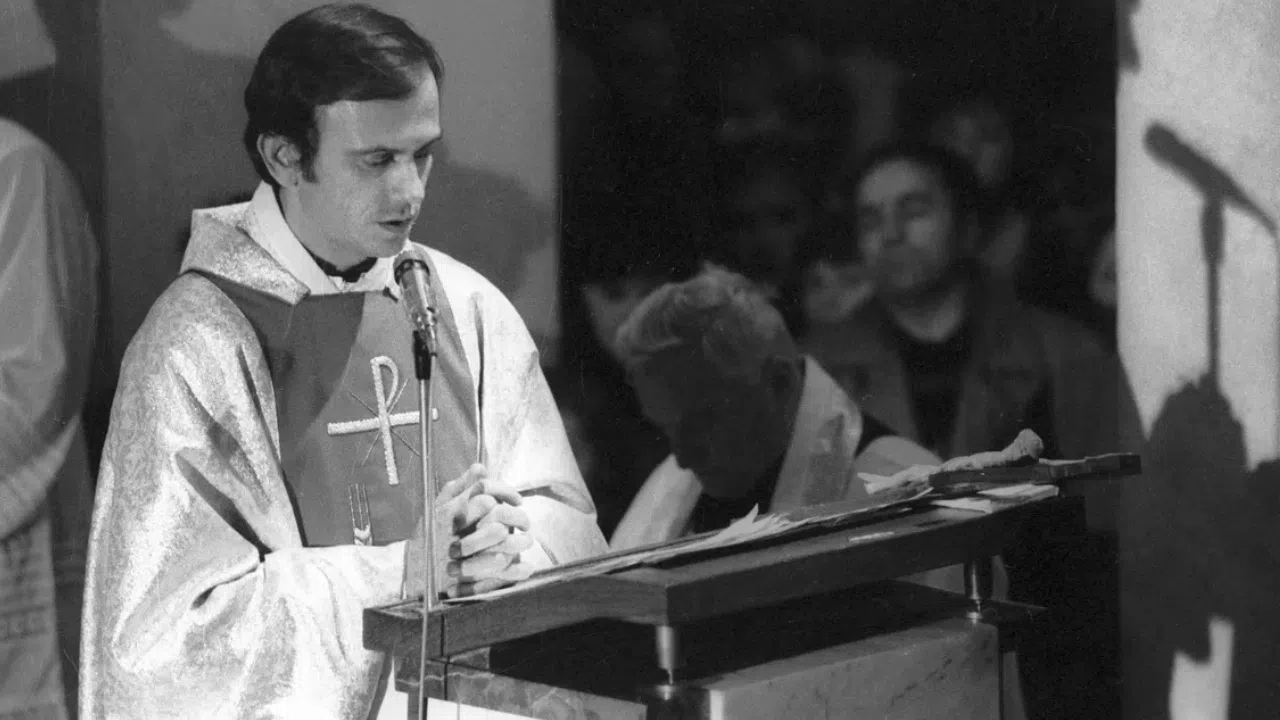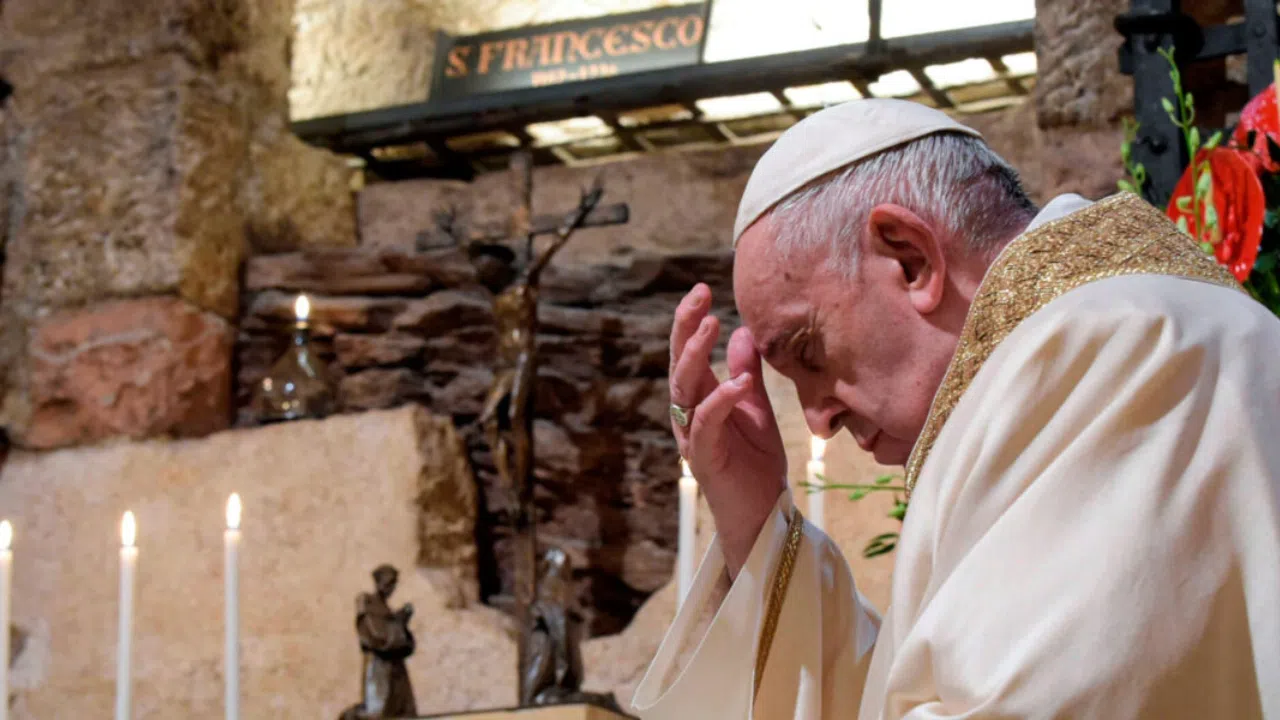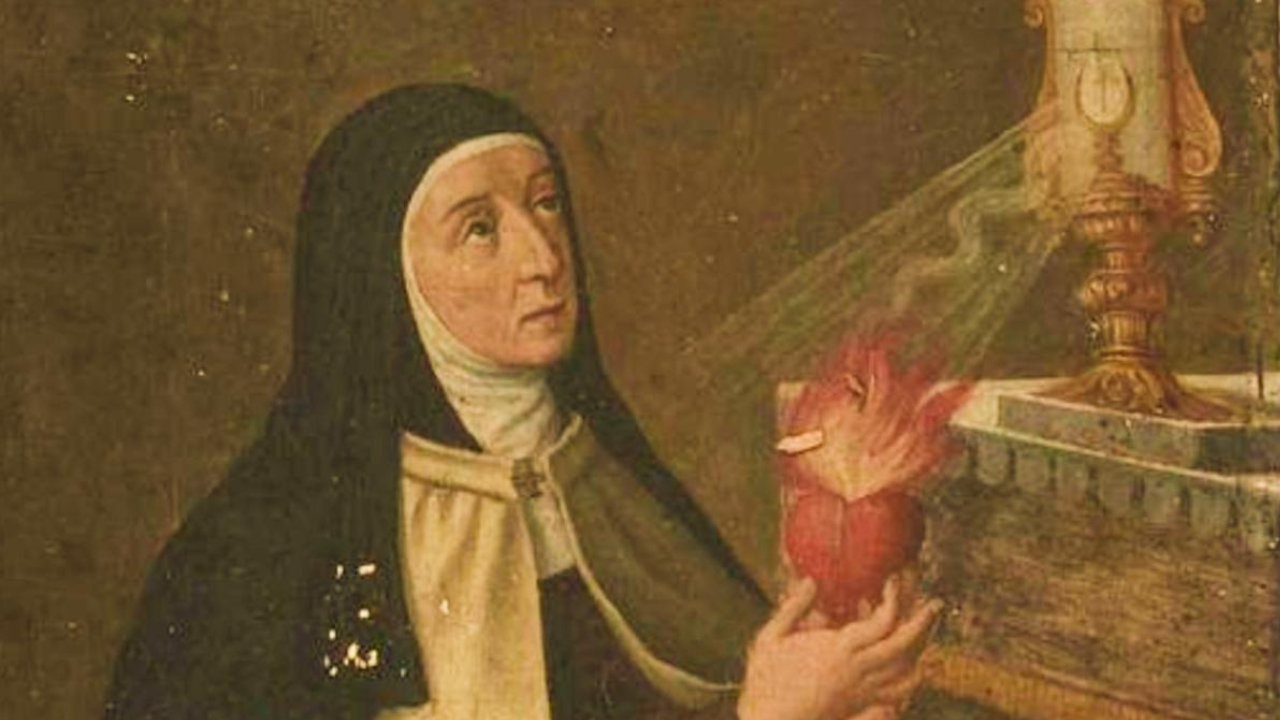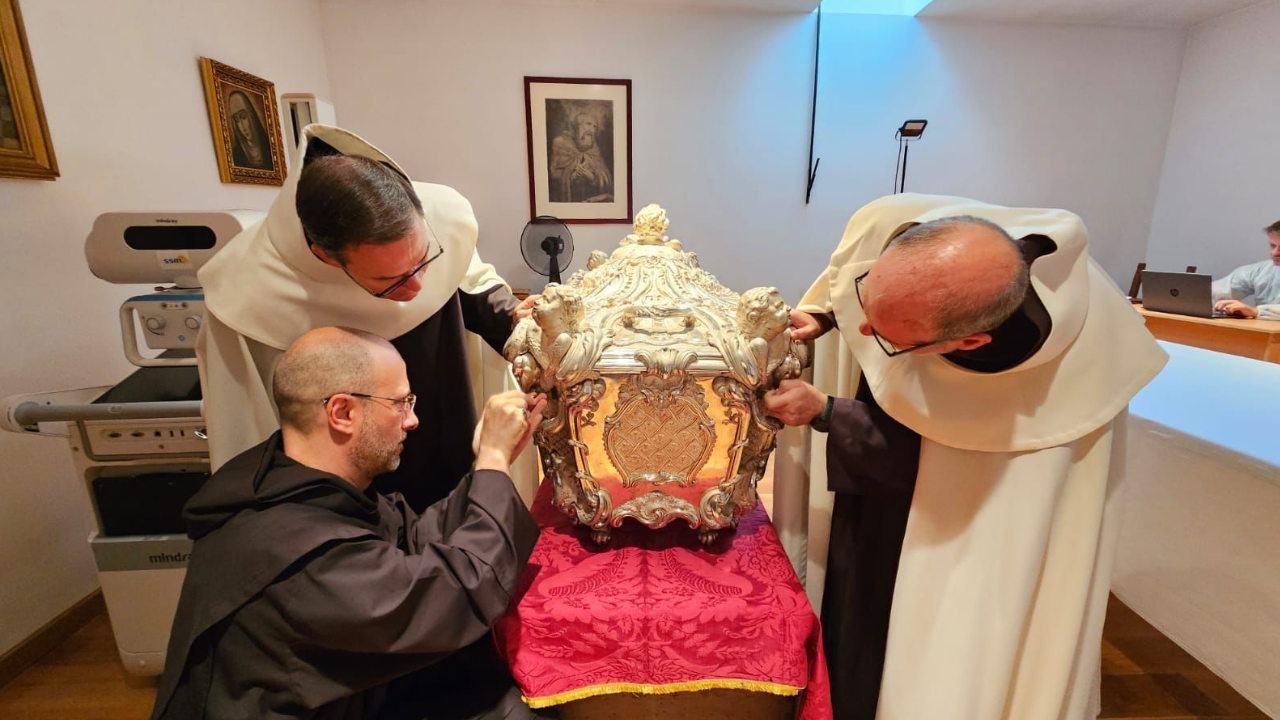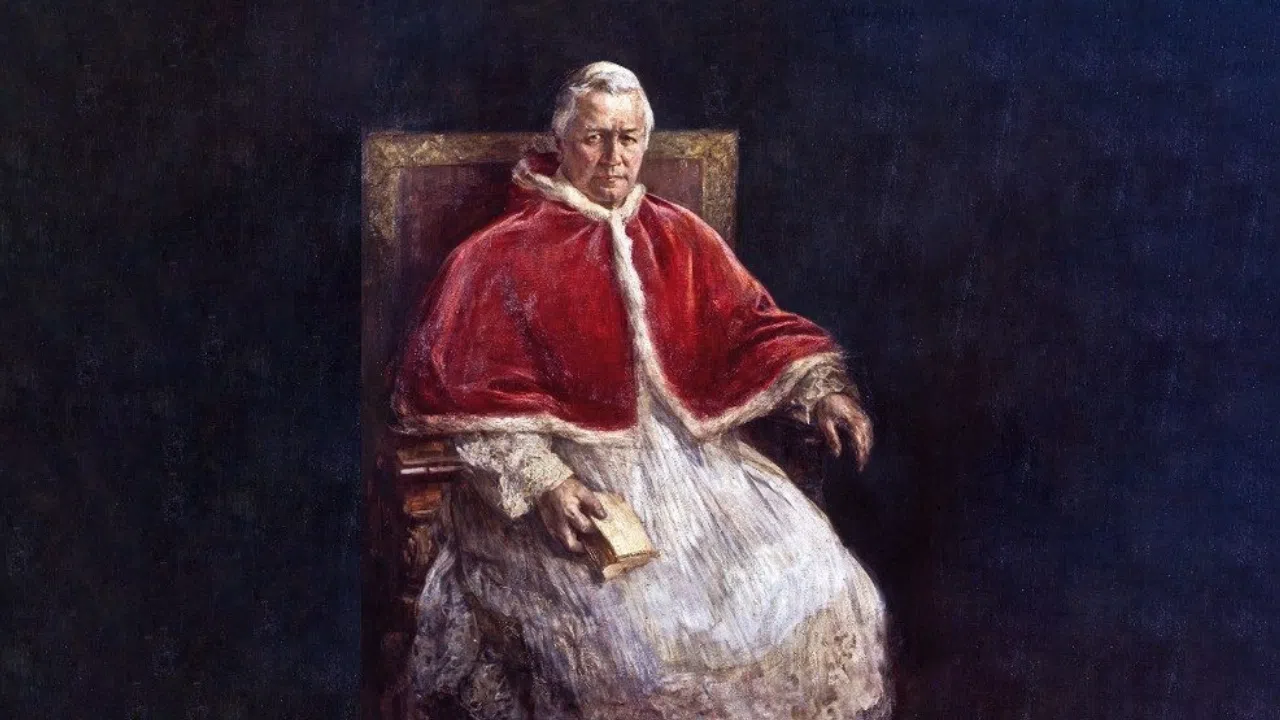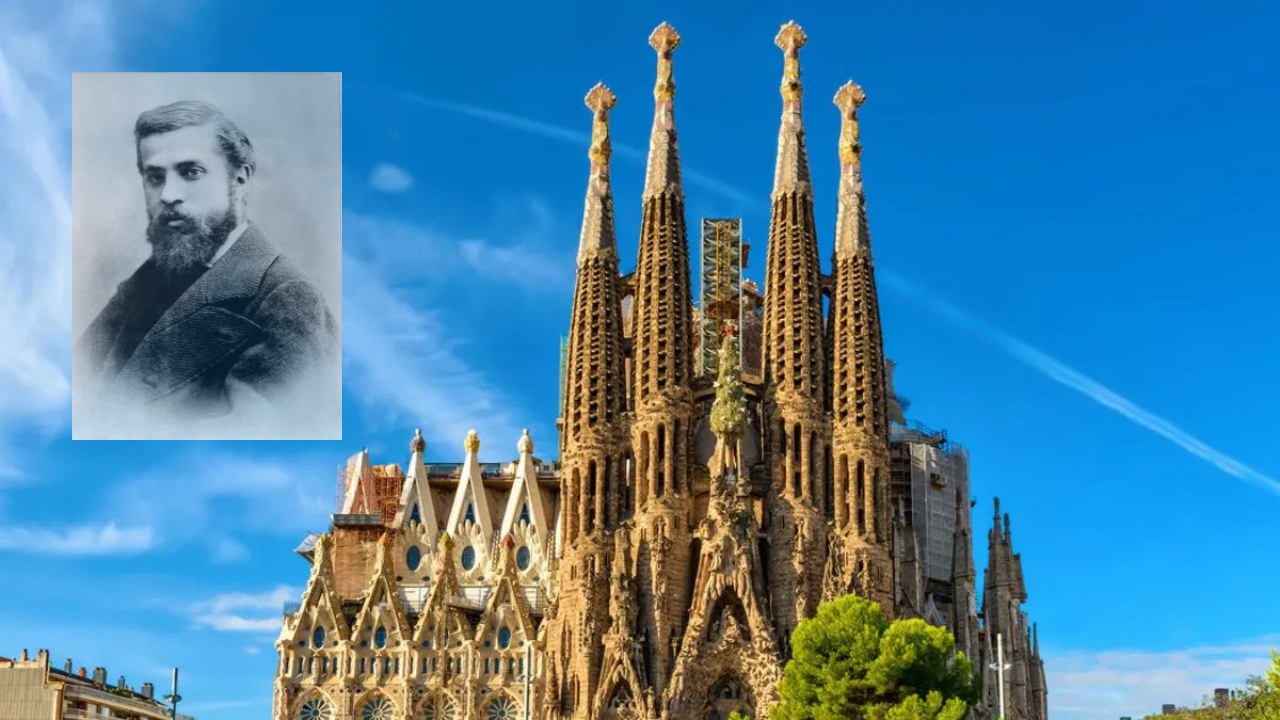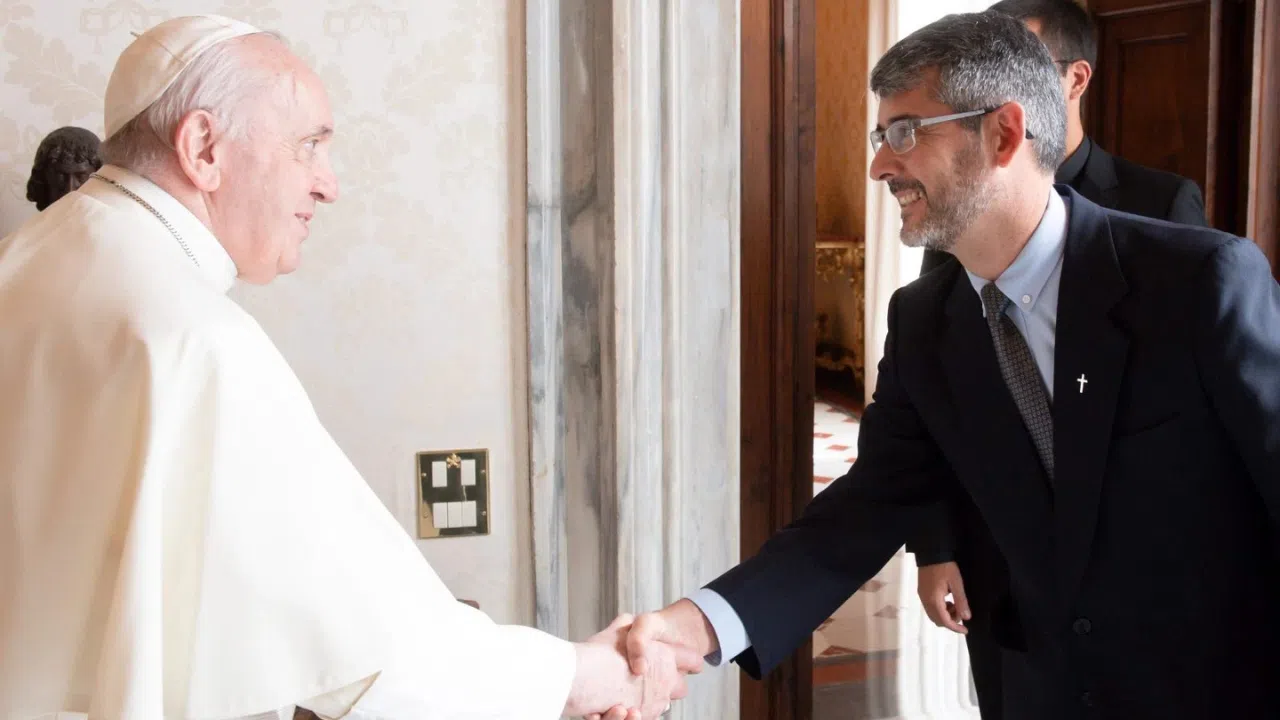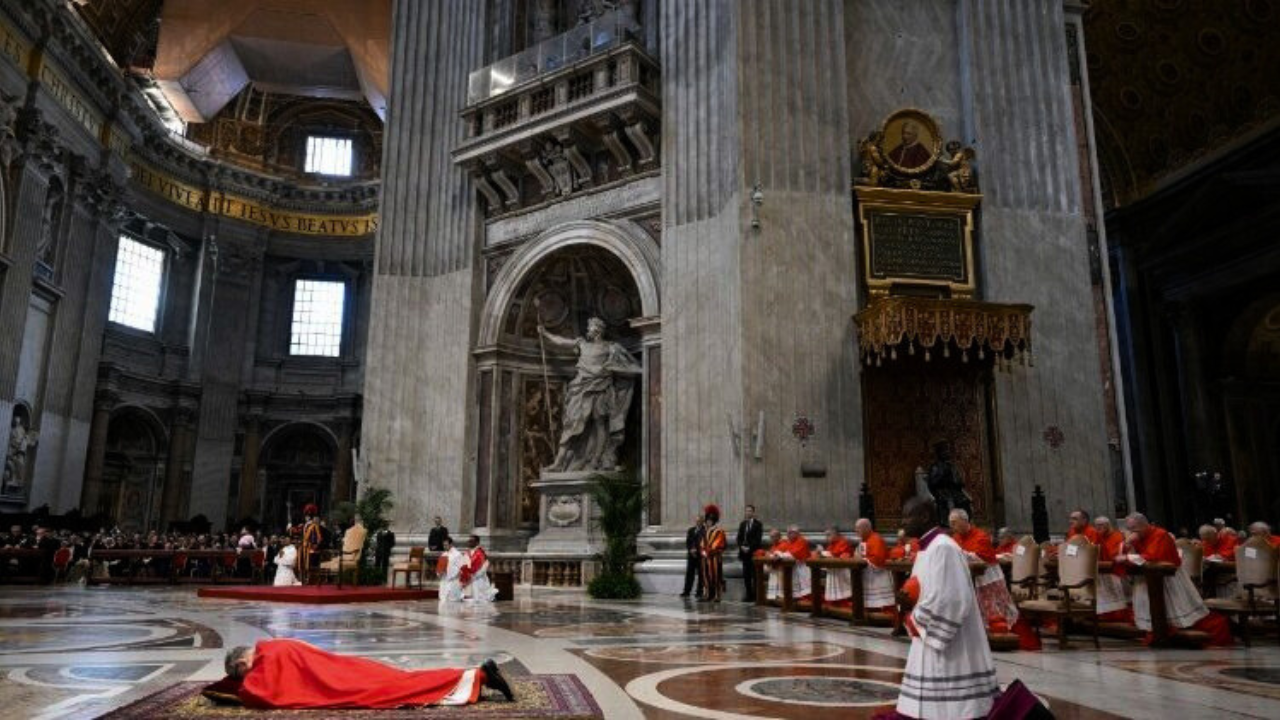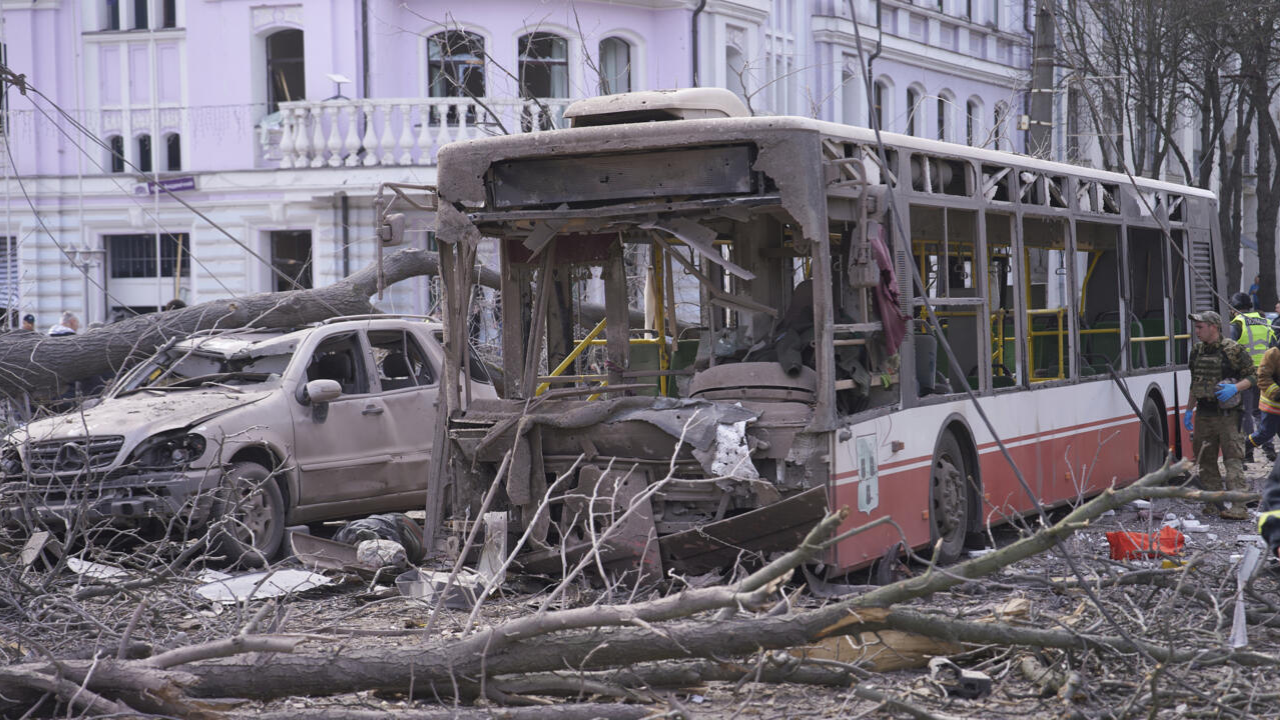One of Rome's most impressive historical treasures is often unnoticed, that's because it's found underground – the catacombs. An example is the archaeological complex “Ad duas lauros,” which contains the catacombs of Sts. Marcellin and Peter.
FABRIZIO BISCONTI
Director, Catacombs
“Conserving the catacombs is a very difficult process. They are very fragile, given the high humidity, and extremely delicate micro-climate. They are important, since they are the oldest evidence of the spread of Christianity in Rome and throughout the ancient Christian world.”
The complex protects a building of great significance. Nearly 1,690 years after the death of St. Helena, the mother of Emperor Constantine, is the mausoleum in which they protected her remains since the 11th century.
In principle, the building was a bit more than 65 feet in diameter, had an imposing dome and was enriched with a lavish decoration, worthy of an entire Empress, as it was revered by Christians.
This complex reveals part of Christianity’s history, especially the persecutions martyrs suffered in the first centuries.
FABRIZIO BISCONTI
Director, Catacombs
“In a special way also the persecution of Diocletian, from the fourth century. It's the same place where Peter and Marcellin died. The two martyrs were buried in the catacombs of Via Labicana or Via Casilina. There the large mausoleum Constantine complex for his mother Helena was installed. There was a large circular basilica that was a bit the center of the catacombs.”
Inside, we find this impressive painting of Christ with the apostles Peter and Paul. It shows the veneration of martyrs Marcellin and Peter, who were sentenced to death in 304 A.D.
Today the complex is open to the public, next to a small museum where part of its history is explained. The archaeology contained inside continues to reveal to this day, traces of the strong faith of the very first Christians.
Daniel Díaz Vizzi
Translated: Melissa Butz

